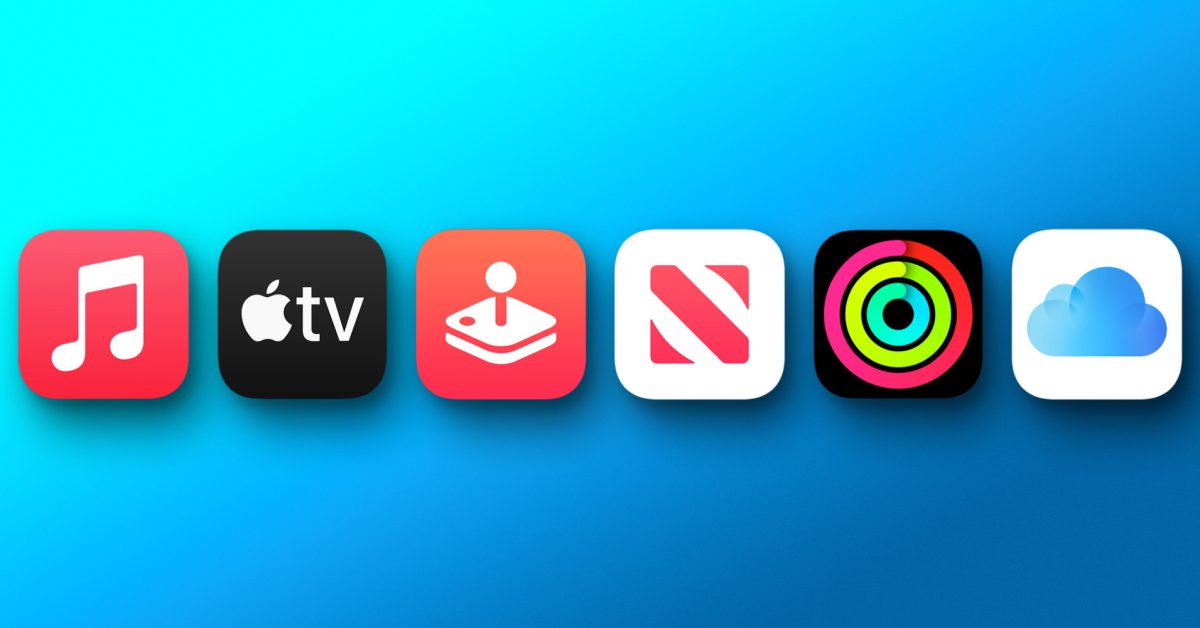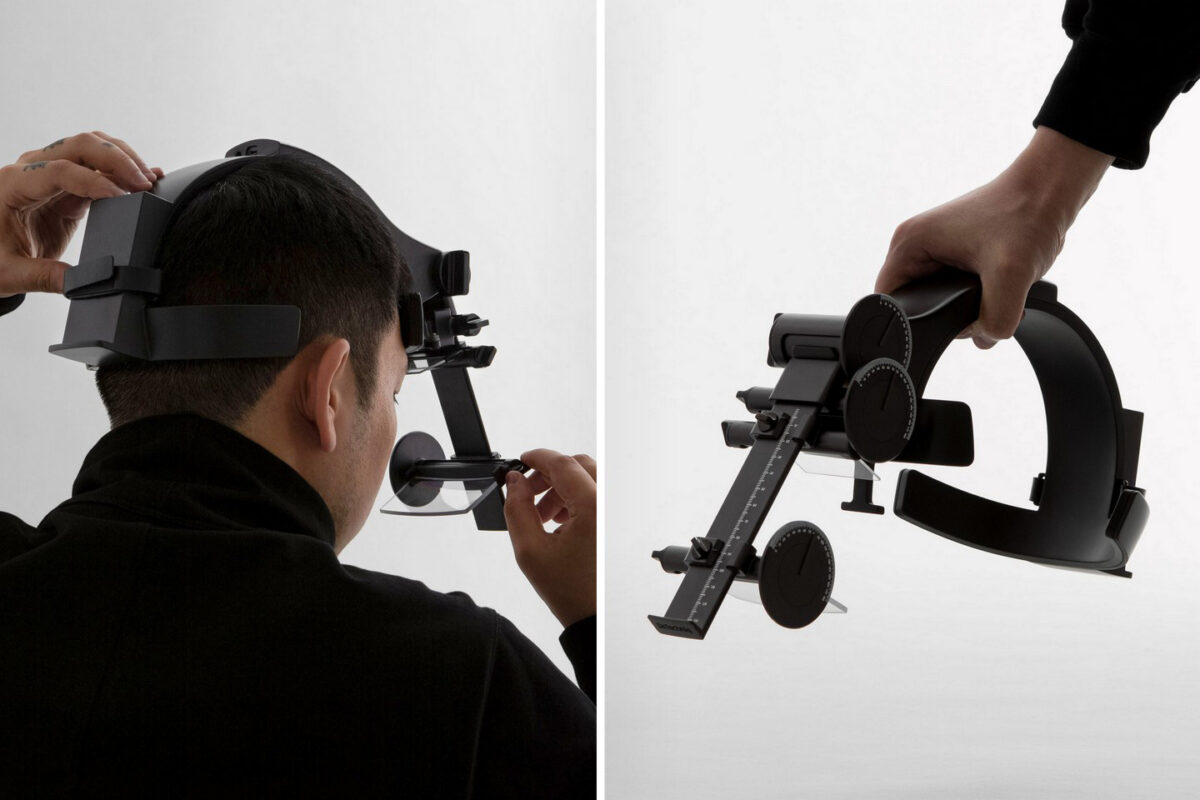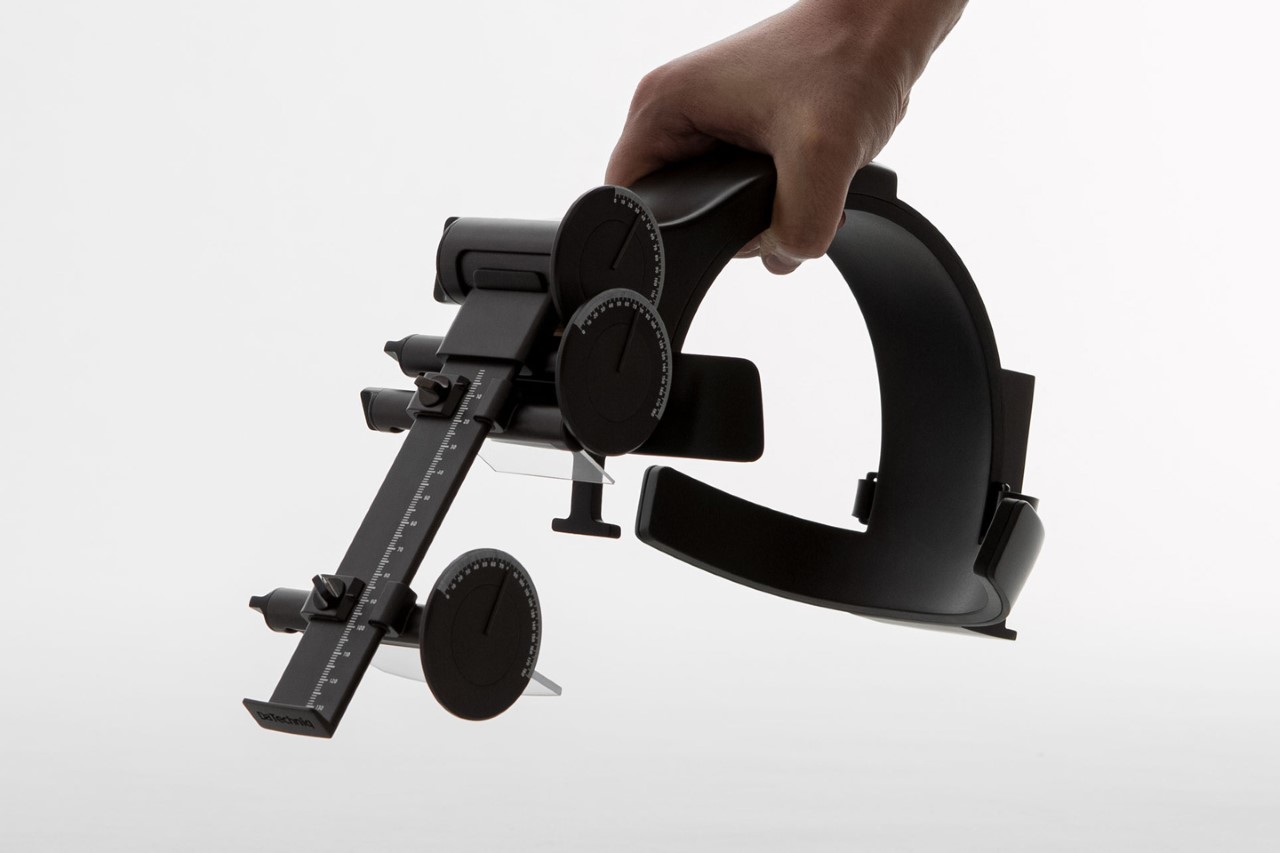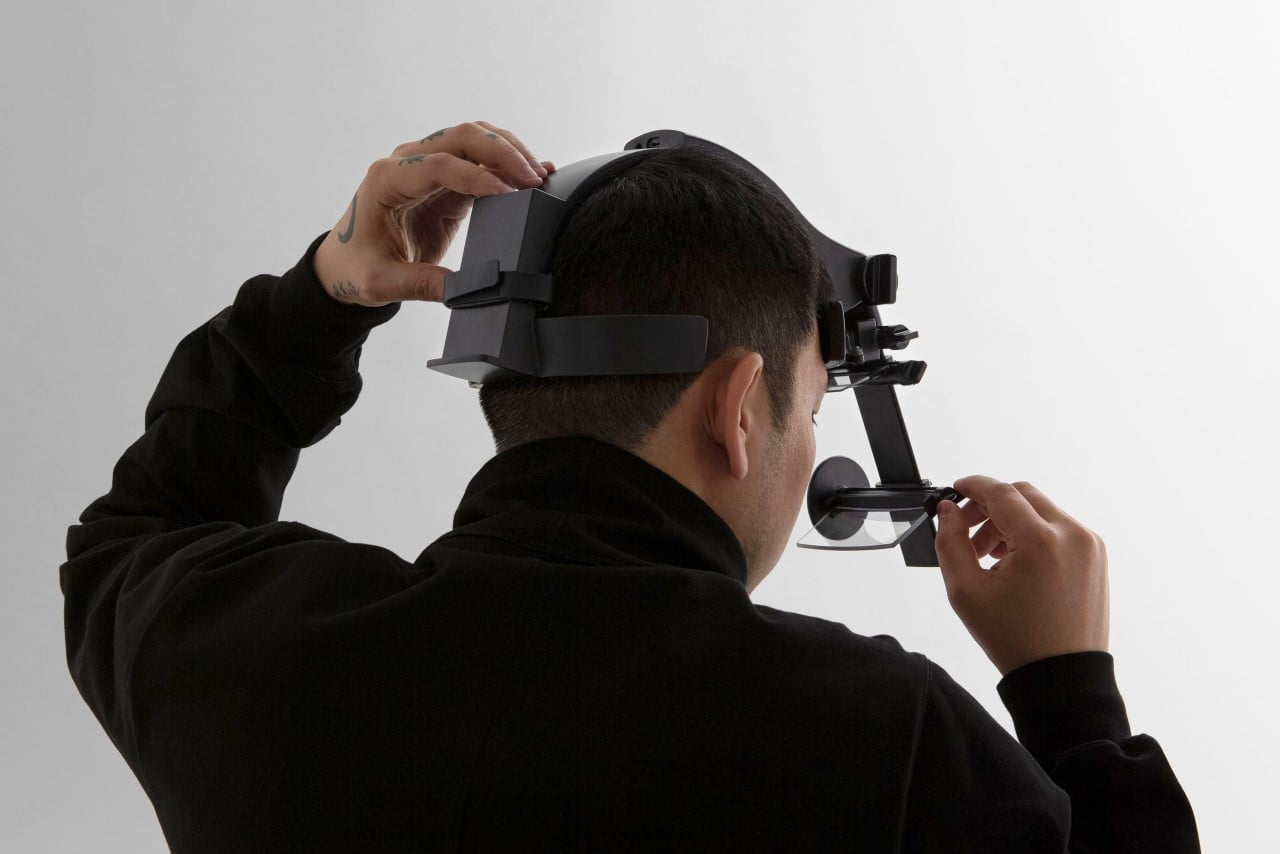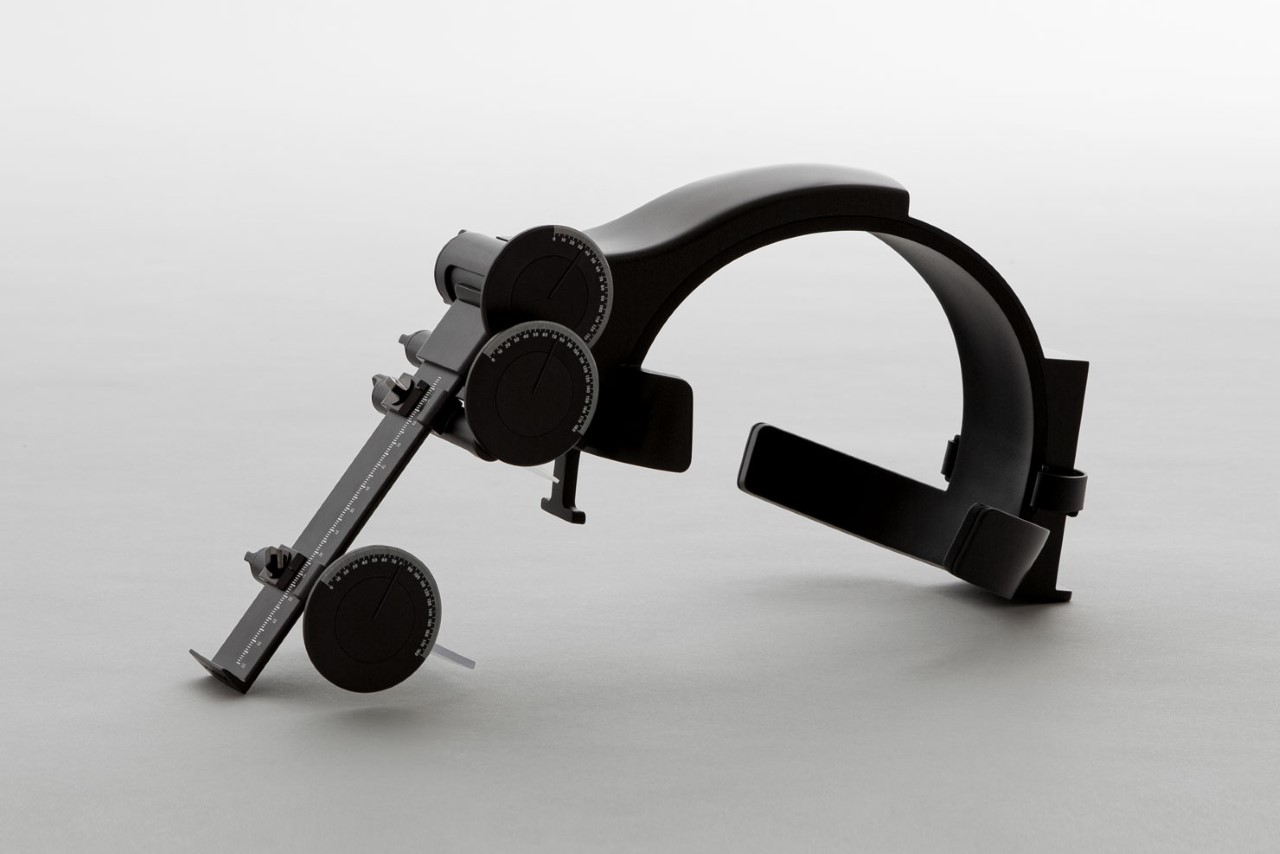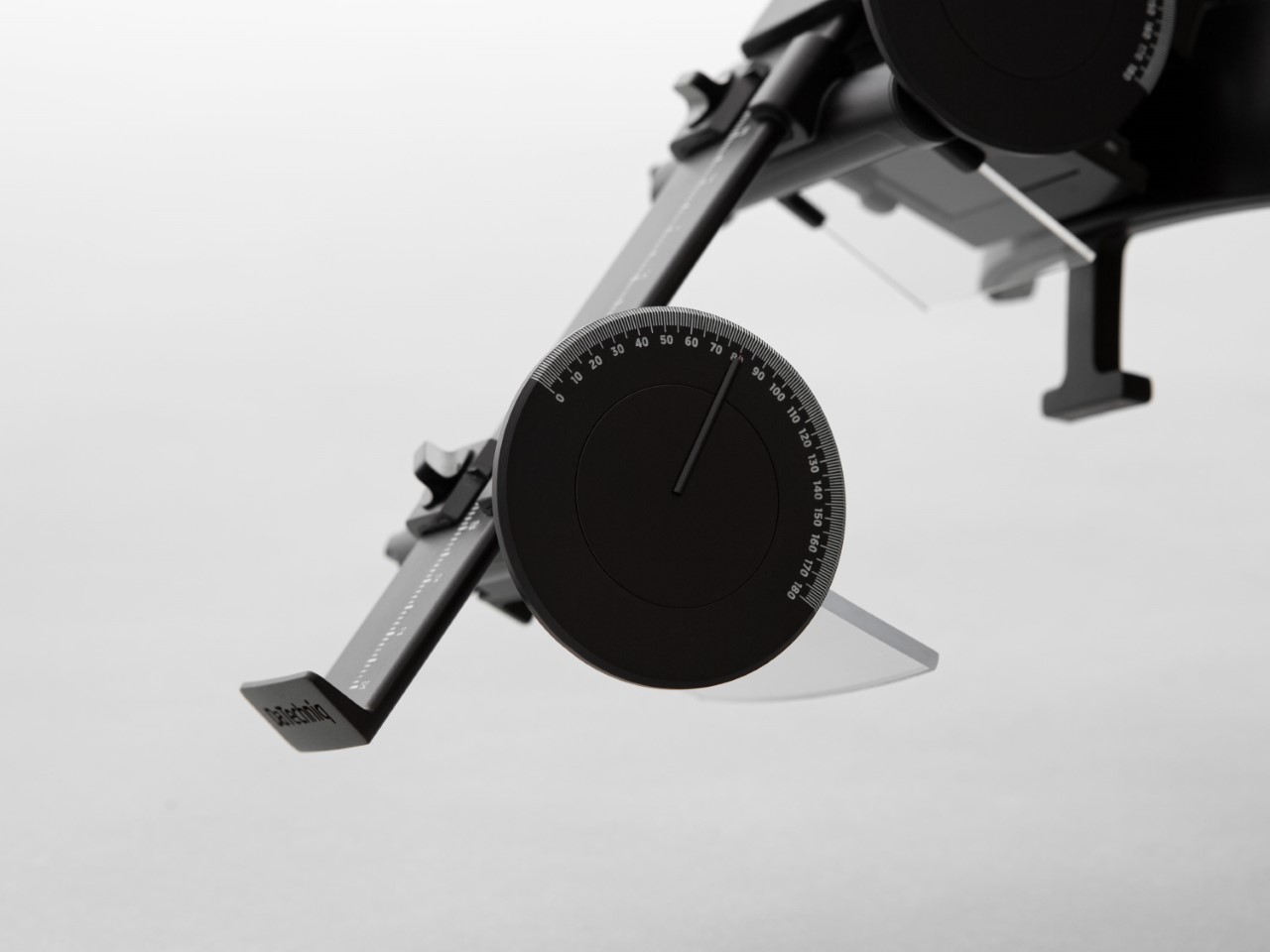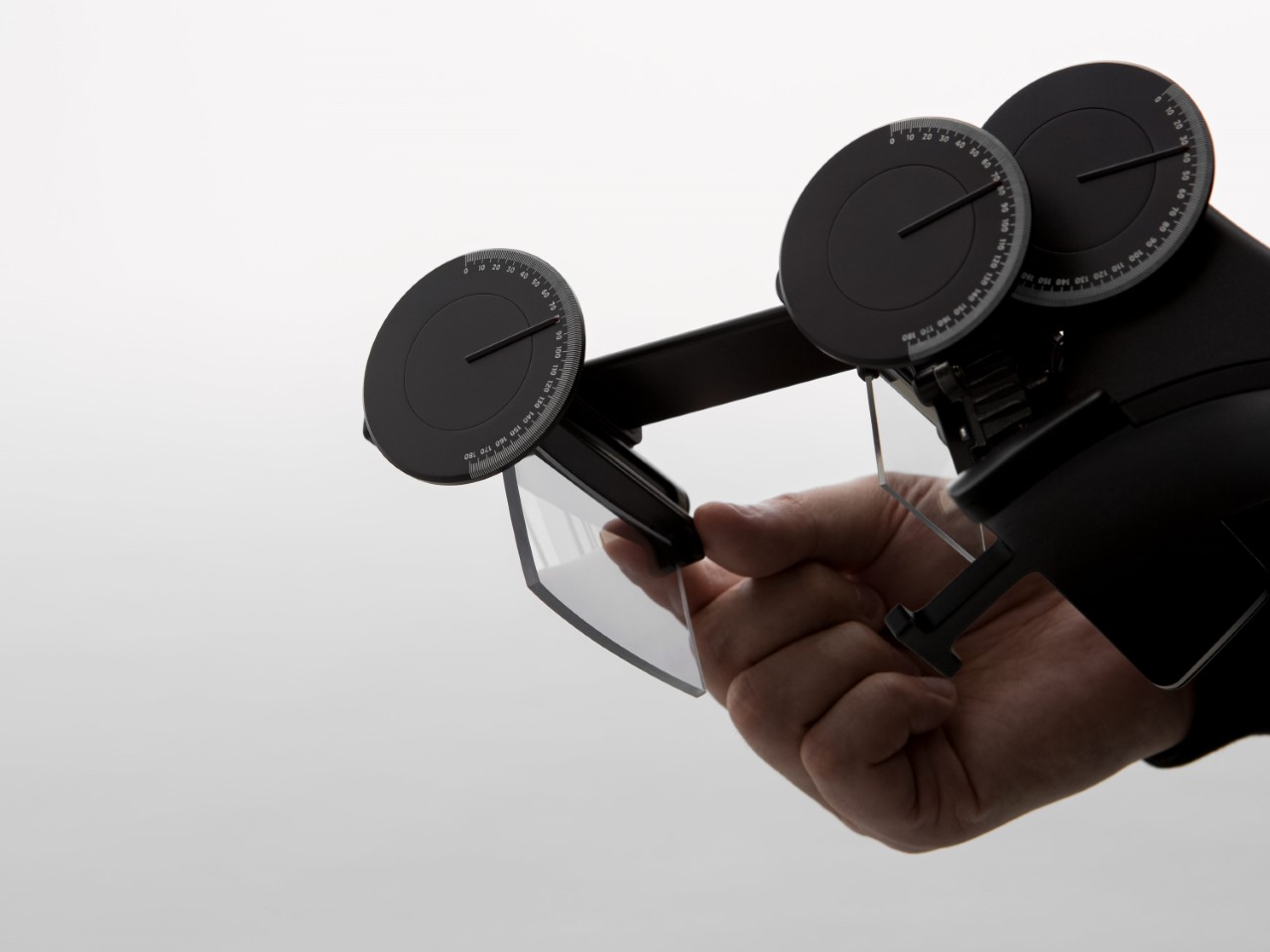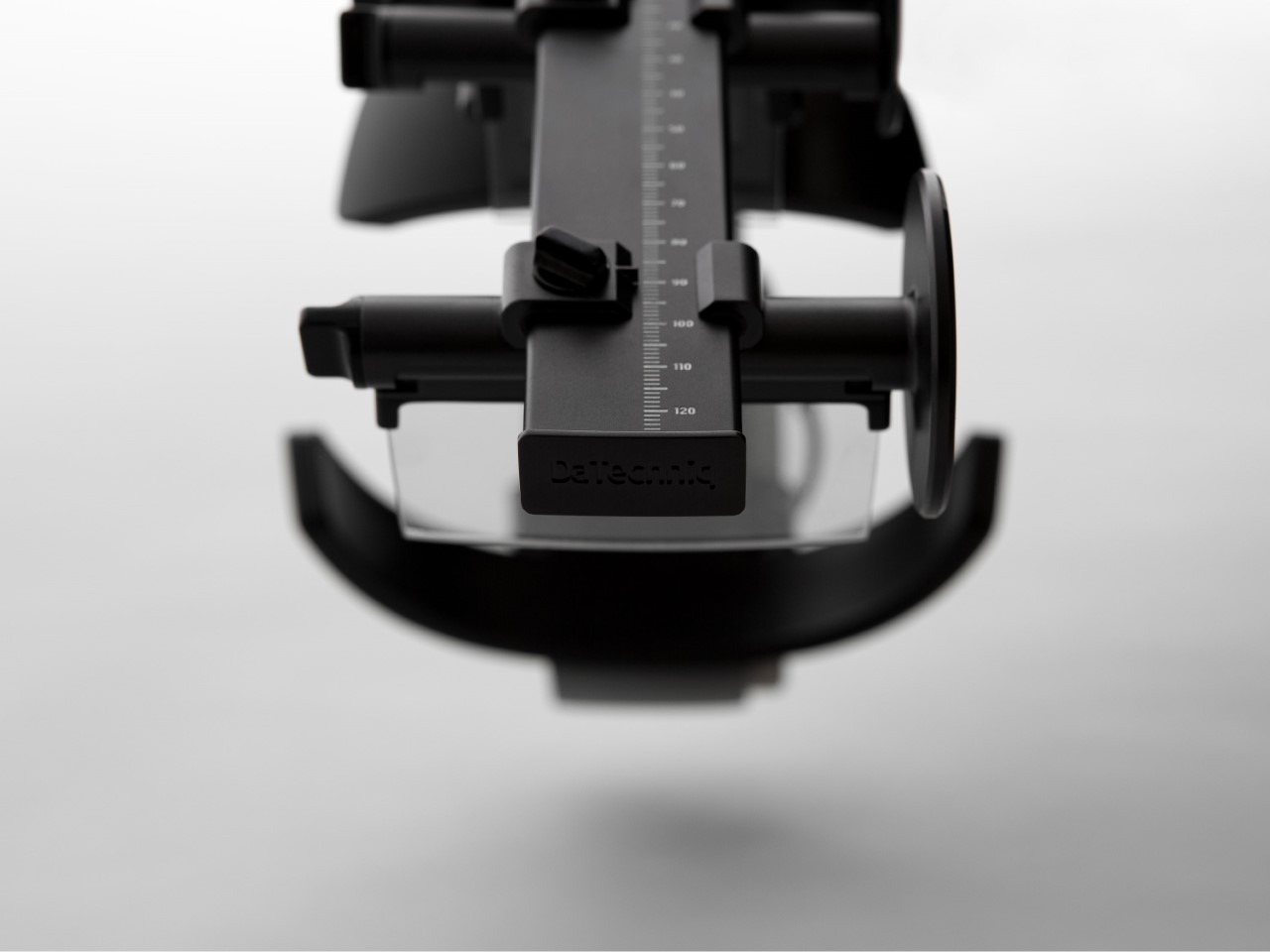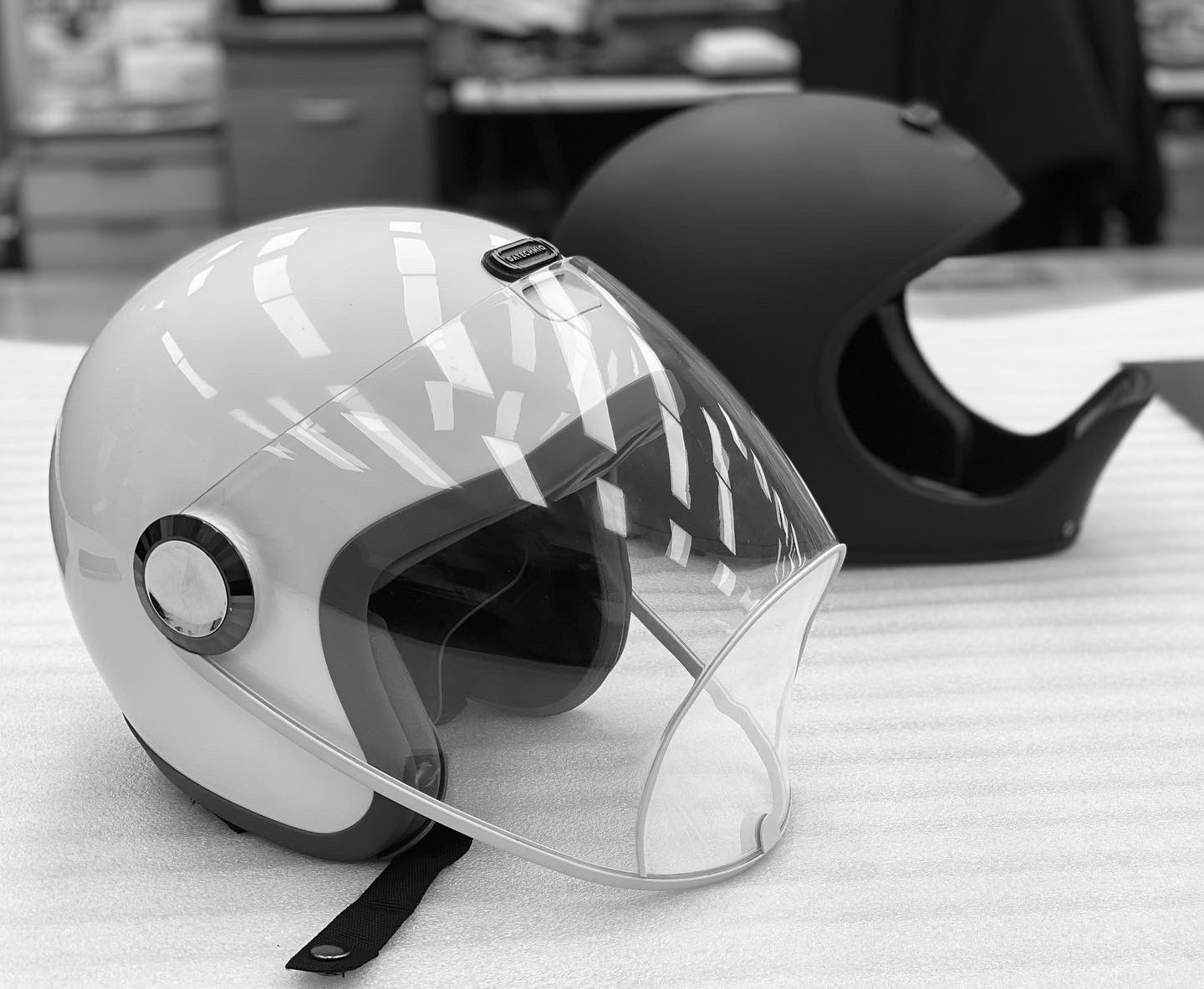Newly developed CXL memory packs 4x the memory capacity over the previous version, enabling a server to scale to tens of terabytes with only one-fifth of the system latency
Samsung to also introduce an upgraded version of its open-source software toolkit that facilitates CXL memory deployment into existing and emerging IT systems

Samsung Electronics, the world leader in advanced memory technology, today announced its development of the industry’s first 512-gigabyte (GB) Compute Express Link (CXL) DRAM, taking an important step toward the commercialization of CXL which will enable extremely high memory capacity with low latency in IT systems.
Since introducing the industry’s first CXL DRAM prototype with a field-programmable gate array (FPGA) controller in May 2021, Samsung has been working closely with data center, enterprise server and chipset companies to develop an improved, customizable CXL device.

The new CXL DRAM is built with an application-specific integrated circuit (ASIC) CXL controller and is the first to pack 512GB of DDR5 DRAM, featuring four times the memory capacity and one-fifth the system latency over the previous Samsung CXL offering.
“CXL DRAM will become a critical turning point for future computing structures by substantially advancing artificial intelligence (AI) and big data services, as we aggressively expand its usage in next-generation memory architectures including software-defined memory (SDM),” said Cheolmin Park, Vice President of Memory Global Sales & Marketing at Samsung Electronics, and Director of the CXL Consortium. “Samsung will continue to collaborate across the industry to develop and standardize CXL memory solutions, while fostering an increasingly solid ecosystem.”
” “We are excited to be part of Samsung’s CXL development program, working to foster the growth and adoption of innovative CXL products in future Lenovo systems,” stated Greg Huff. “We are excited to be part of Samsung’s CXL development program, working to foster the growth and adoption of innovative CXL products in future Lenovo systems.”
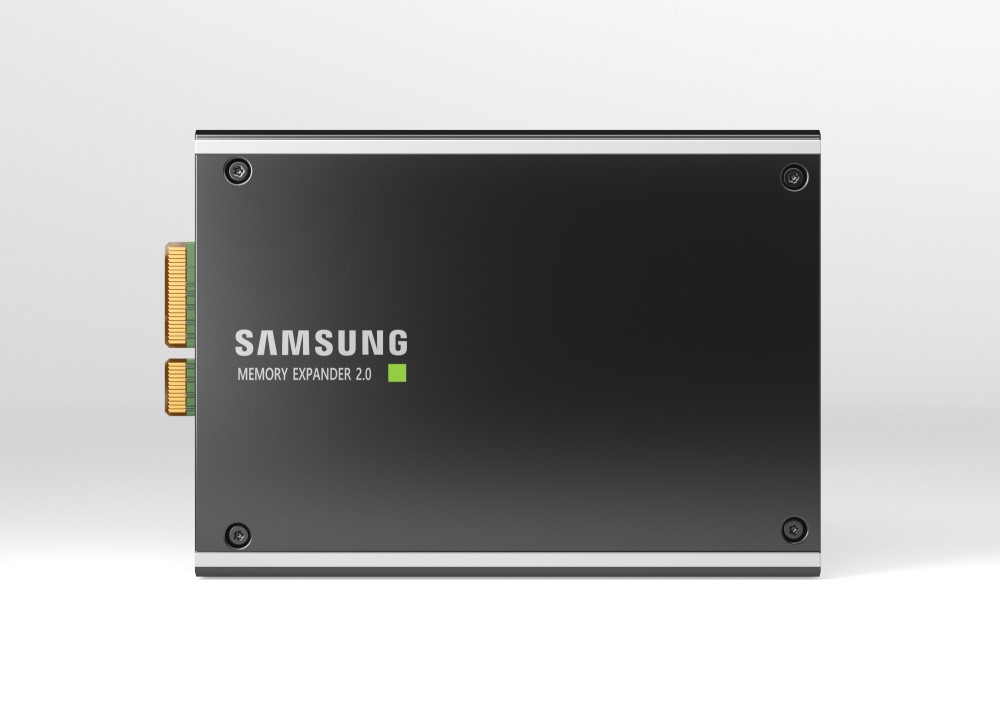
“Montage is excited to continue partnering with Samsung in order for the CXL ecosystem to expand rapidly.” “Montage continues to partner with Samsung in order to expand the CXL ecosystem .”
In recent years, the growth of the metaverse, AI and big data has been generating explosive amounts of data. Conventional DDR designs limit the ability to scale memory capacities beyond a few terabytes. This requires redesigned memory interface technologies like CXL.
The large amount of memory shared between main and CXL allows servers to increase their memory capacities to many terabytes and simultaneously to grow bandwidth to many terabytes per minute.
Samsung’s 512GB CXL DRAM will be the first memory device that supports the PCIe 5.0 interface and will come in an EDSFF (E3.S) form factor — especially suitable for next-generation high-capacity enterprise servers and data centers.

Samsung will unveil an update to its open-source Scalable Memory Development Kit, (SMDK) later this month. This toolkit, a complete software package, allows CXL to seamlessly work in heterogeneous memories systems. It allows system developers to integrate CXL into different IT systems that run AI, big-data, and cloud applications without needing to alter existing environments.
Samsung will begin sampling its 512GB CXL DRAM with customers and partners for joint evaluation and testing in the third quarter of this year, and plans to have the memory ready for commercialization as next-generation server platforms become available. Samsung, a member of CXL Consortium Board of Director, is openly working with many international data center, chip and server vendors in order to bring next-generation interface technology to the IT sector.
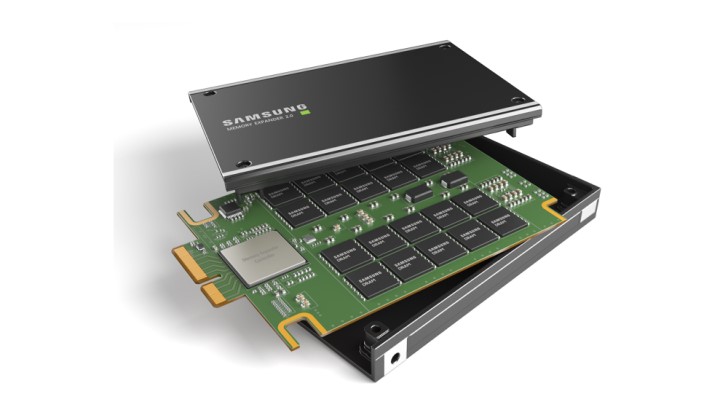




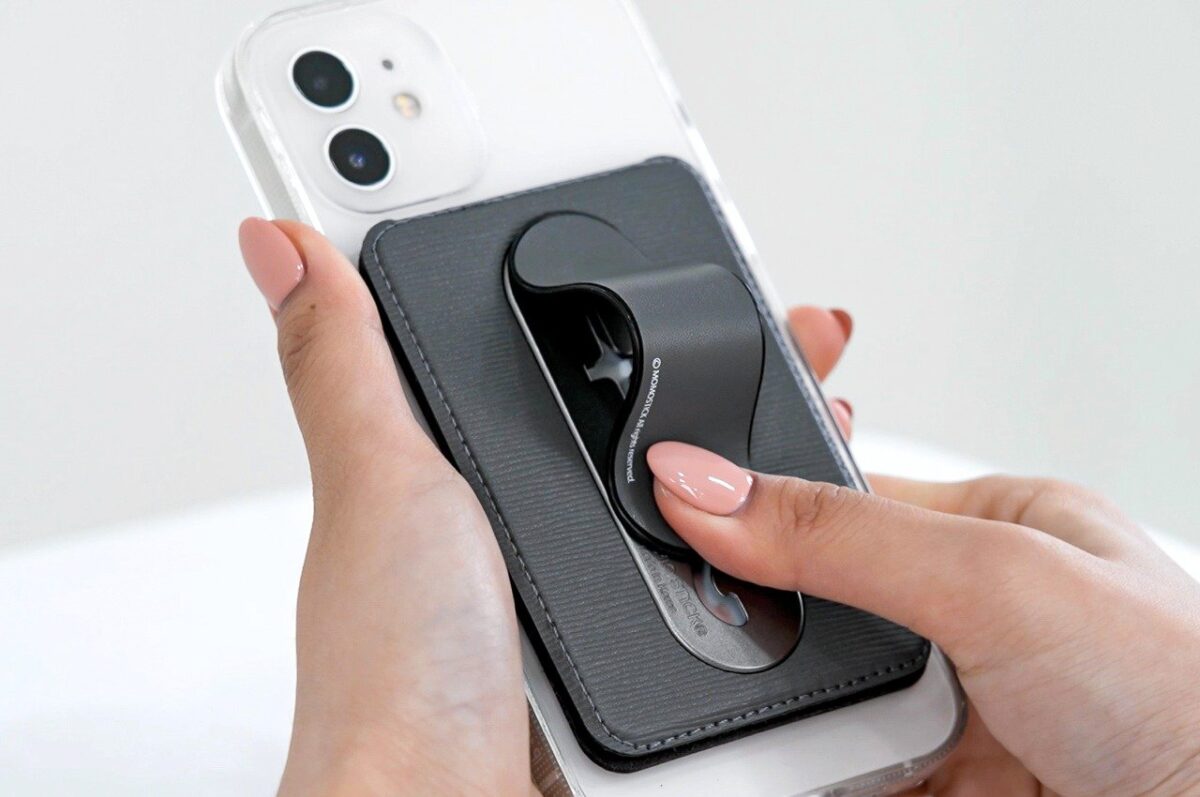











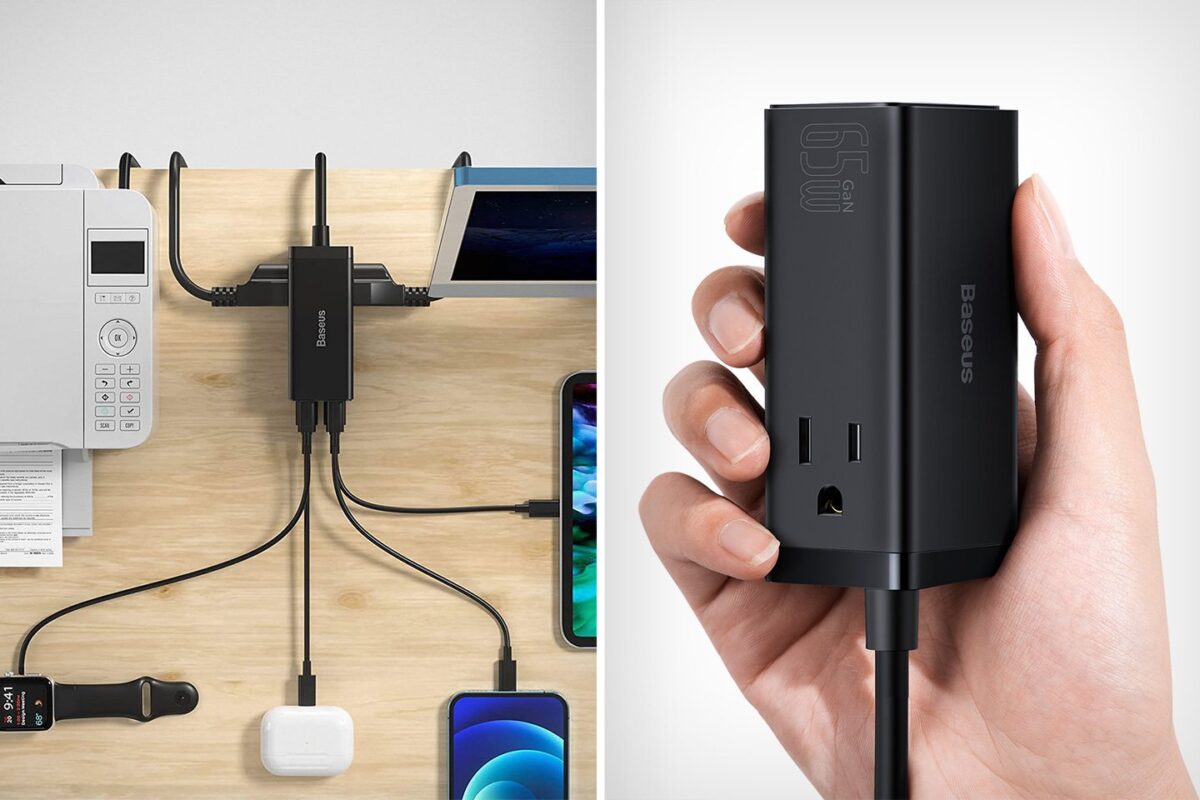
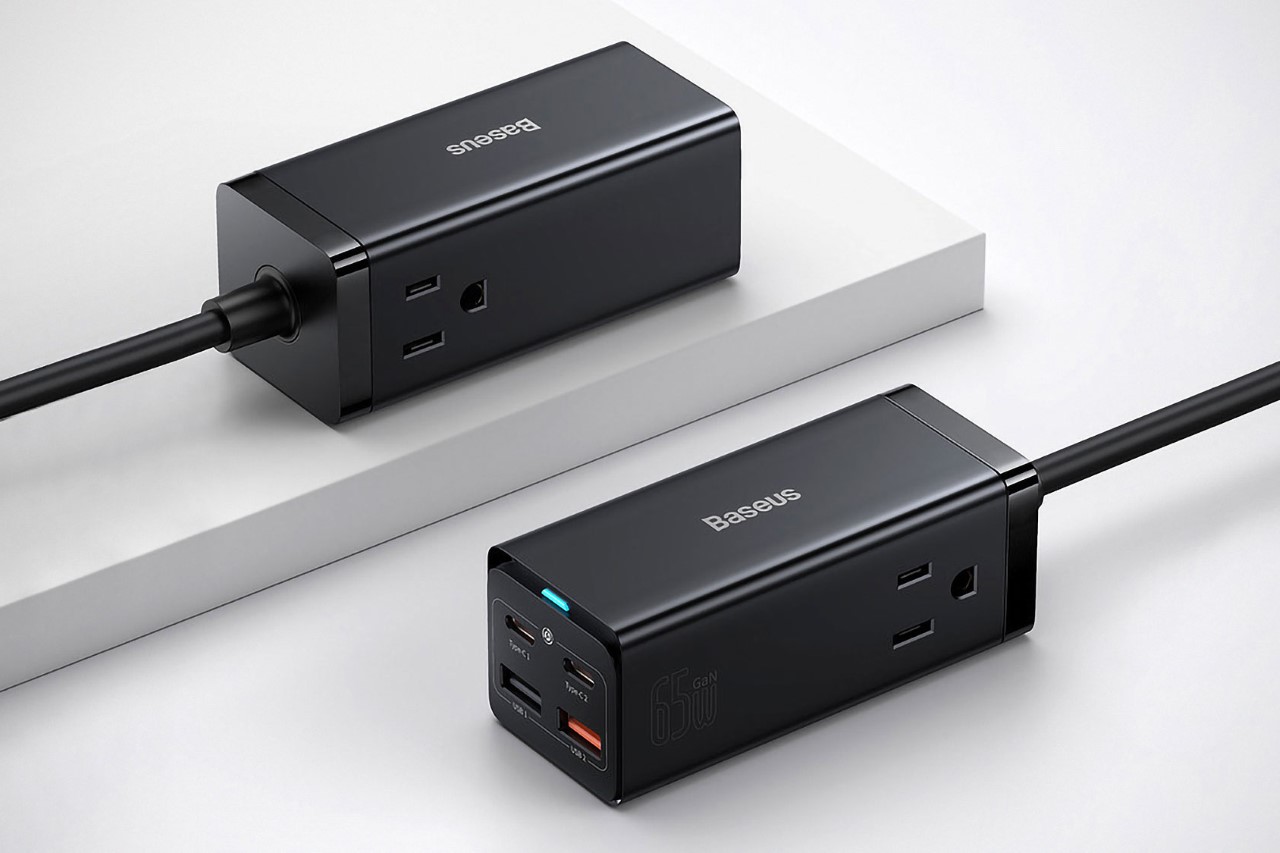
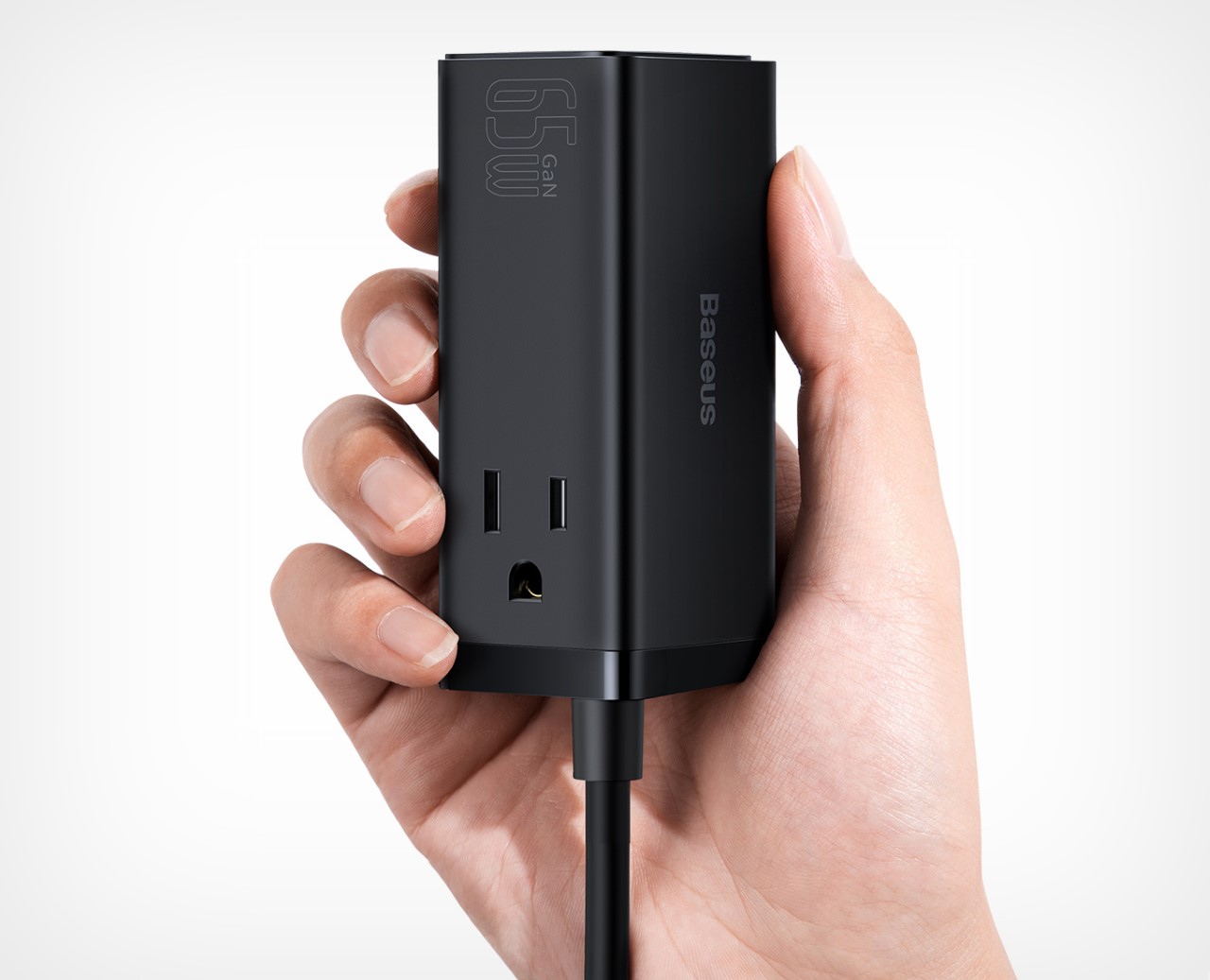
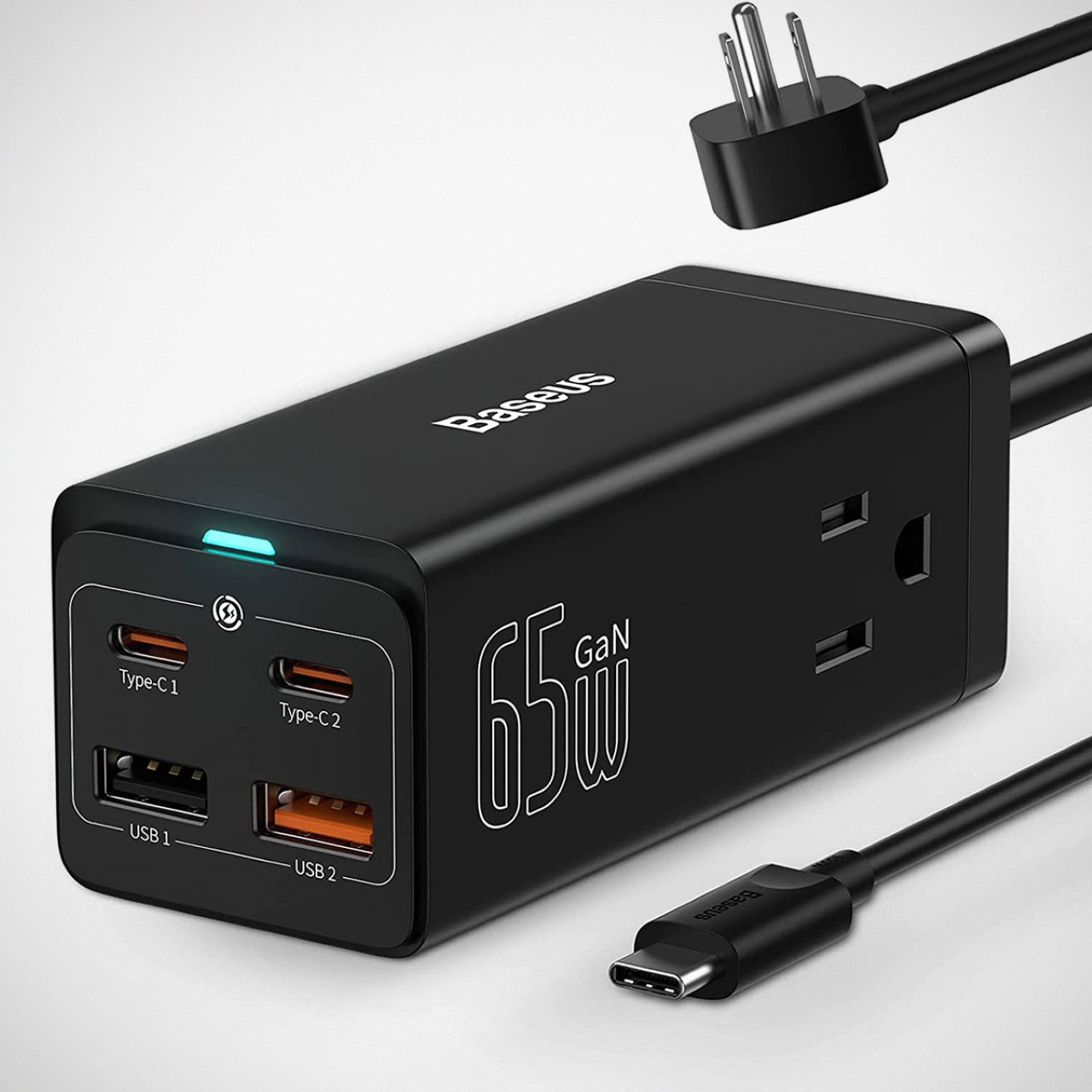

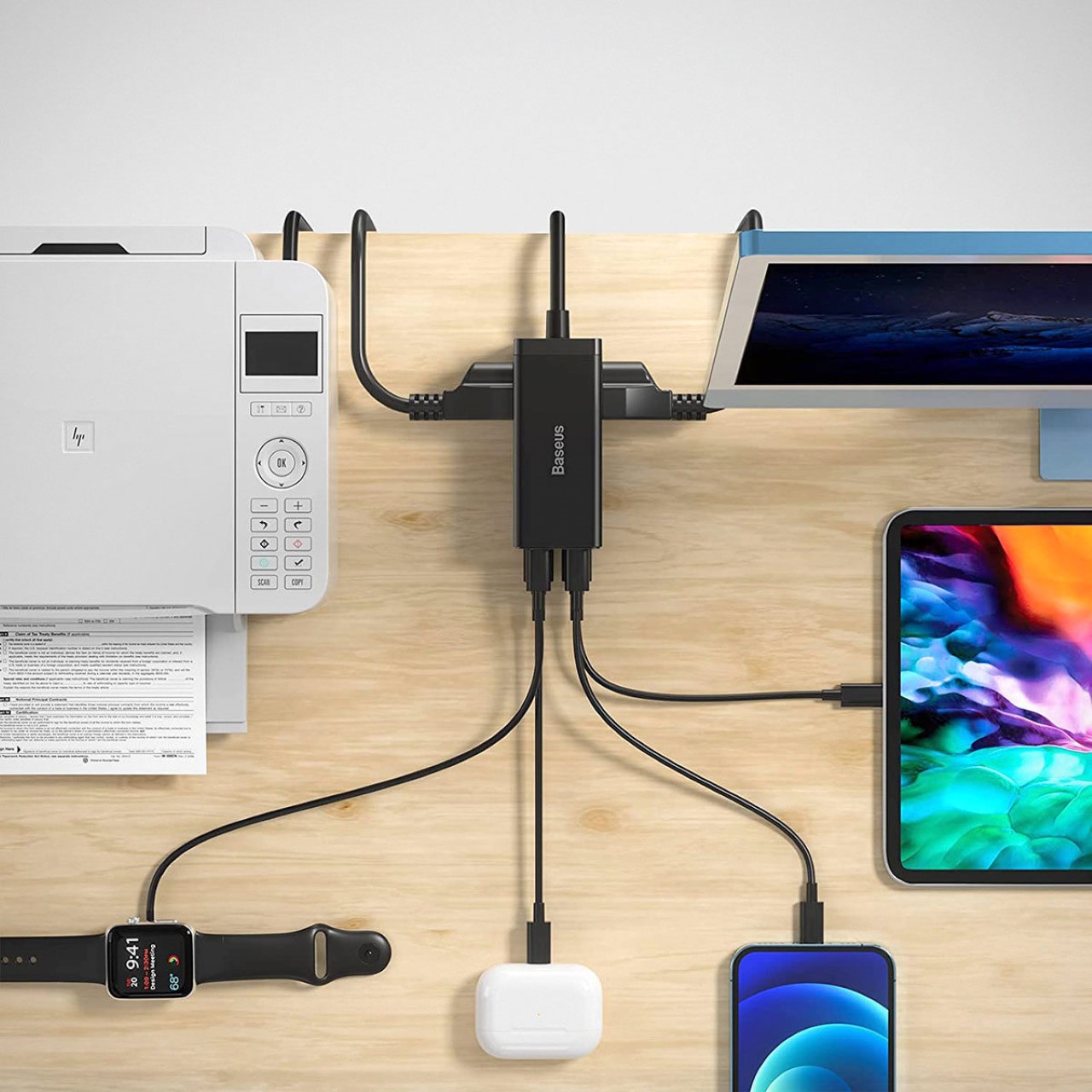



:no_upscale()/cdn.vox-cdn.com/uploads/chorus_asset/file/23449359/unnamed.jpg)
